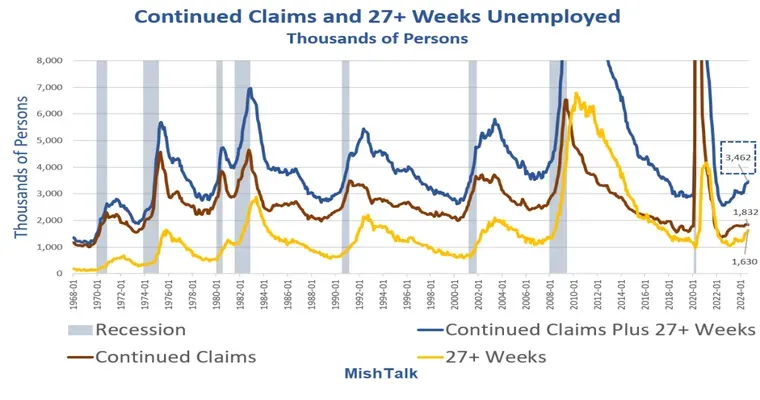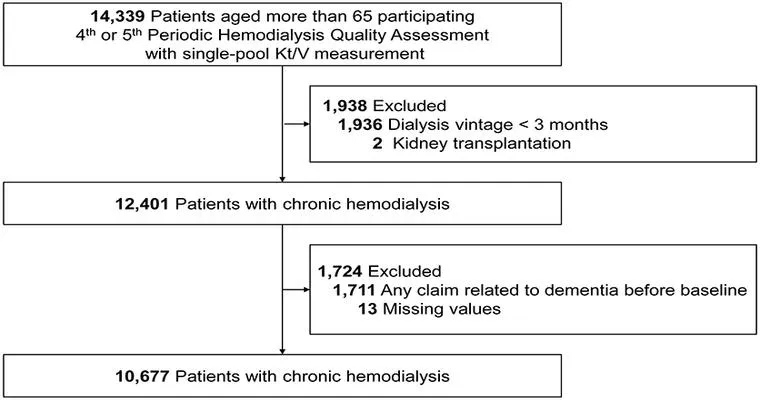Did you know that "almost 1% of the entire US federal budget" is allocated to cover "dialysis" for patients with chronic kidney disease? Yes, you read that correctly. This staggering statistic highlights the significant financial burden that kidney disease places not only on individuals but also on the healthcare system as a whole. With millions of Americans suffering from kidney-related issues, understanding the implications of this funding is crucial for both policymakers and the public.
Dialysis is a life-saving treatment for individuals whose kidneys can no longer filter waste from the blood effectively. The process can be both physically and emotionally taxing, requiring patients to undergo the procedure multiple times a week. However, while dialysis is essential for survival, the costs associated with it are mounting. In fact, the "annual expenditure" on dialysis care has reached billions of dollars, making it one of the largest line items in the federal healthcare budget.
The funding for dialysis primarily comes from Medicare, which spends an estimated "$34 billion" per year on treating patients with end-stage renal disease. This figure represents a significant portion of Medicare's overall spending, reflecting the increasing prevalence of kidney disease in the United States. As the population ages and the rates of diabetes and hypertension rise—two leading causes of kidney failure—the demand for dialysis is expected to continue growing.
The impact of this financial allocation goes beyond mere numbers. It raises critical questions about the sustainability of our healthcare system and the need for preventive measures. Investing in "kidney health education", early detection, and effective management of conditions like diabetes could potentially reduce the number of individuals who require dialysis. By focusing on prevention, we can not only improve the quality of life for patients but also alleviate some of the financial pressure on the federal budget.
Moreover, the implications of this financial burden extend into the wider economy. High healthcare costs can lead to increased insurance premiums for everyone, resulting in a ripple effect that impacts businesses and consumers alike. The need for comprehensive reform in how we approach kidney disease treatment and prevention has never been more urgent.
In conclusion, the fact that "almost 1% of the entire US federal budget" goes to cover dialysis underscores the importance of addressing kidney health proactively. By investing in preventive care and education, we can potentially mitigate these rising costs and improve health outcomes for millions of Americans. As discussions around healthcare reform continue, it is vital that kidney disease and its implications remain at the forefront of policy considerations.





